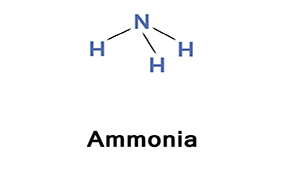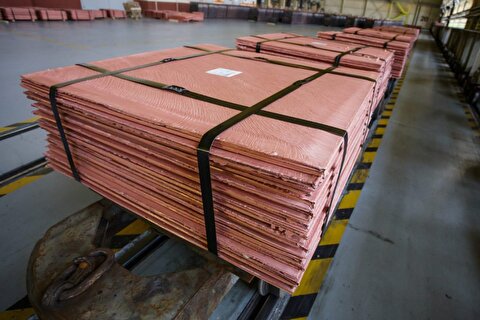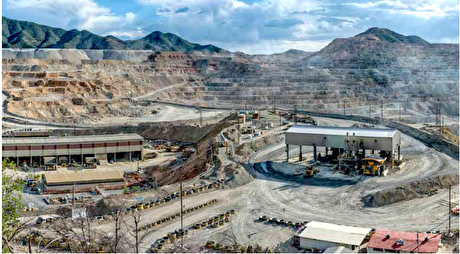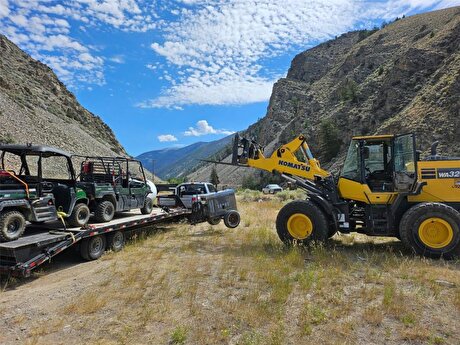
Viewpoint: Carryover to suppress ammonia prices

Carryover stocks from this fall will diminish first quarter spot demand in isolated areas within the Midwest and Northern Plains, posing the strongest headwind to the market. But prices are set to find support after the spring as Magellan Midstream's ammonia pipeline is taken completely off line and suppliers vie for drivers within an already strained truck market.
Nearly all shipments to retailers and to farmers this fall were cargoes bought during the summer. Little spot appetite arose as harvest progressed, resulting in carryover in key consuming areas. Farmers endured sporadic opportunities this fall to operate combines and inject ammonia. Delayed harvests pushed the fertilizer application window further into the fourth quarter, which faced mounting disruptions as storms became more frequent.
Growers are forecast to increase corn acreage next season. That increase would help draw down carryover inventories from this fall and balance supplies, weather permitting.
But transportation will be at the fore for suppliers, a factor that will contribute to in-season price movements.
Magellan Midstream is scheduled to completely decommission the southern portion of its 1,100-mile (1,770km) ammonia pipeline by January. It will continue to receive ammonia shipments on the northern stretch until 1 March, potentially complicating distribution if planting is delayed and push suppliers to rely on a truck market facing driver shortages.
Producers in the Southern Plains have started taking steps to reduce net ammonia availability in the aftermath of Magellan's decision to mothball its pipeline.
Upgrades at LSB Industries' Pryor, Oklahoma, facility is intended to increase UAN production capacity to 350,000 st/yr, which is estimated to reduce the plant's net ammonia availability. Koch plans to construct a second urea unit at its Enid, Oklahoma, nitrogen complex by 2022 without building an adjoining ammonia plant.
Although net ammonia availability is anticipated to fall, Argus estimates long-haul truck shipments will more than double to nearly 500,000 st/yr after Koch's expansion and accounting for regional direct application demand — further straining the national truck industry.
Market participants have reported thin truck availability for several seasons during peak applications, and competition between producers and distributors will heighten and potentially drive shipping and end-user costs higher in future cycles.
By Connor Hyde


Gold price eases after Trump downplays clash with Fed chair Powell

Copper price hits new record as tariff deadline looms

Brazil producers look to halt pig iron output as US tariff threat crimps demand

Chile’s 2025 vote puts mining sector’s future on the line

Gold price could hit $4,000 by year-end, says Fidelity

Three workers rescued after 60 hours trapped in Canada mine

US targets mine waste to boost local critical minerals supply

Glencore workers brace for layoffs on looming Mount Isa shutdown

Energy Fuels surges to 3-year high as it begins heavy rare earth production

Trump tariff surprise triggers implosion of massive copper trade

Maxus expands land holdings at Quarry antimony project in British Columbia

BHP, Vale accused of ‘cheating’ UK law firm out of $1.7 billion in fees

Southern Copper eyes $10.2B Mexico investment pending talks

American Tungsten gets site remediation plan approved for Ima mine in Idaho

Kinross divests entire 12% stake in Yukon-focused White Gold

Gold price could hit $4,000 by year-end, says Fidelity

Southern Copper expects turmoil from US-China trade war to hit copper

Ramaco Resources secures five year permit for Brook rare earth mine in Wyoming

Column: EU’s pledge for $250 billion of US energy imports is delusional

Trump tariff surprise triggers implosion of massive copper trade

Maxus expands land holdings at Quarry antimony project in British Columbia

BHP, Vale accused of ‘cheating’ UK law firm out of $1.7 billion in fees

Southern Copper eyes $10.2B Mexico investment pending talks

American Tungsten gets site remediation plan approved for Ima mine in Idaho

Kinross divests entire 12% stake in Yukon-focused White Gold

Gold price could hit $4,000 by year-end, says Fidelity

Southern Copper expects turmoil from US-China trade war to hit copper

Ramaco Resources secures five year permit for Brook rare earth mine in Wyoming














